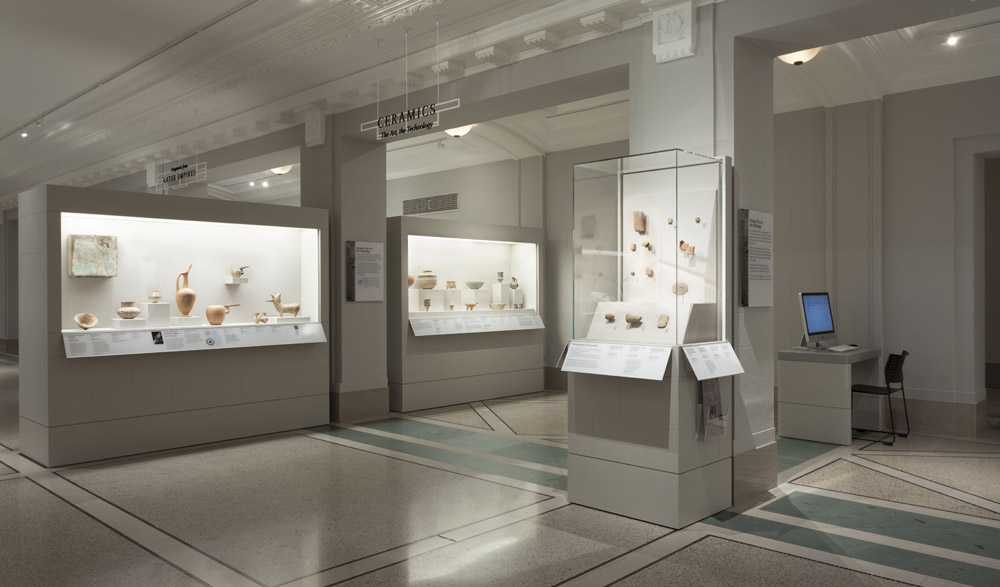Art museums are the guardians of our cultural heritage, stewards of our collective history and culture, entrusted with preserving and showcasing the timeless beauty of art throughout history. Each piece on display represents a chapter in the story of human creativity and expression. The museum’s role is not only to educate and inspire but rather go beyond mere exhibition of art; they are responsible for safeguarding these invaluable cultural artifacts for posterity.
Achieving this noble mission which entails meticulous attention to detail and dedication from all staff, conservators to docent. One often overlooked—yet vital—aspect of this responsible stewardship is proper and safe lighting design. There is no doubt that lighting plays a role at a utilitarian level, but it is also a key factor in preserving these treasures for future generations.
Conservators are the unsung heroes of the art world. They work tirelessly behind the scenes to repair, protect, and restore artworks. Part of their care includes monitoring and reducing the degradation of artworks caused by lighting—both natural and artificial. It’s for this reason that lighting designers must collaborate closely with conservators to ensure that their lighting choices align with the preservation needs of each piece. This collaboration helps strike a delicate balance between artistic presentation and conservation.
I spend my days doing just this. From working with priceless paintings to fragile textiles, my top priority is safety and preservation of the art. Although lighting technology today has evolved to address some of the unique demands of art conservation and preservation, it is still not a one-size-fits-all, fool-proof solution. Sometimes it means making lighting decisions based on what is best for the art long term instead of something more innovative or exciting. It is the role of the lighting designer to spend time understanding and appreciating each piece of artworks’ unique characteristics and needs and developing a lighting strategy that is just as keen on conservation as it is aesthetics.
Remember, preserving art isn't just about the past; it's also about the future. Museums must not only invest in cutting-edge lighting technologies but, more importantly, they must secure the expertise of specialized lighting designers to protect their valuable collections and illuminate the wonders of human creativity for generations to come.






